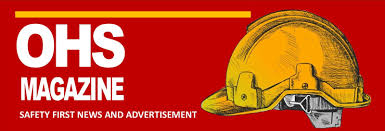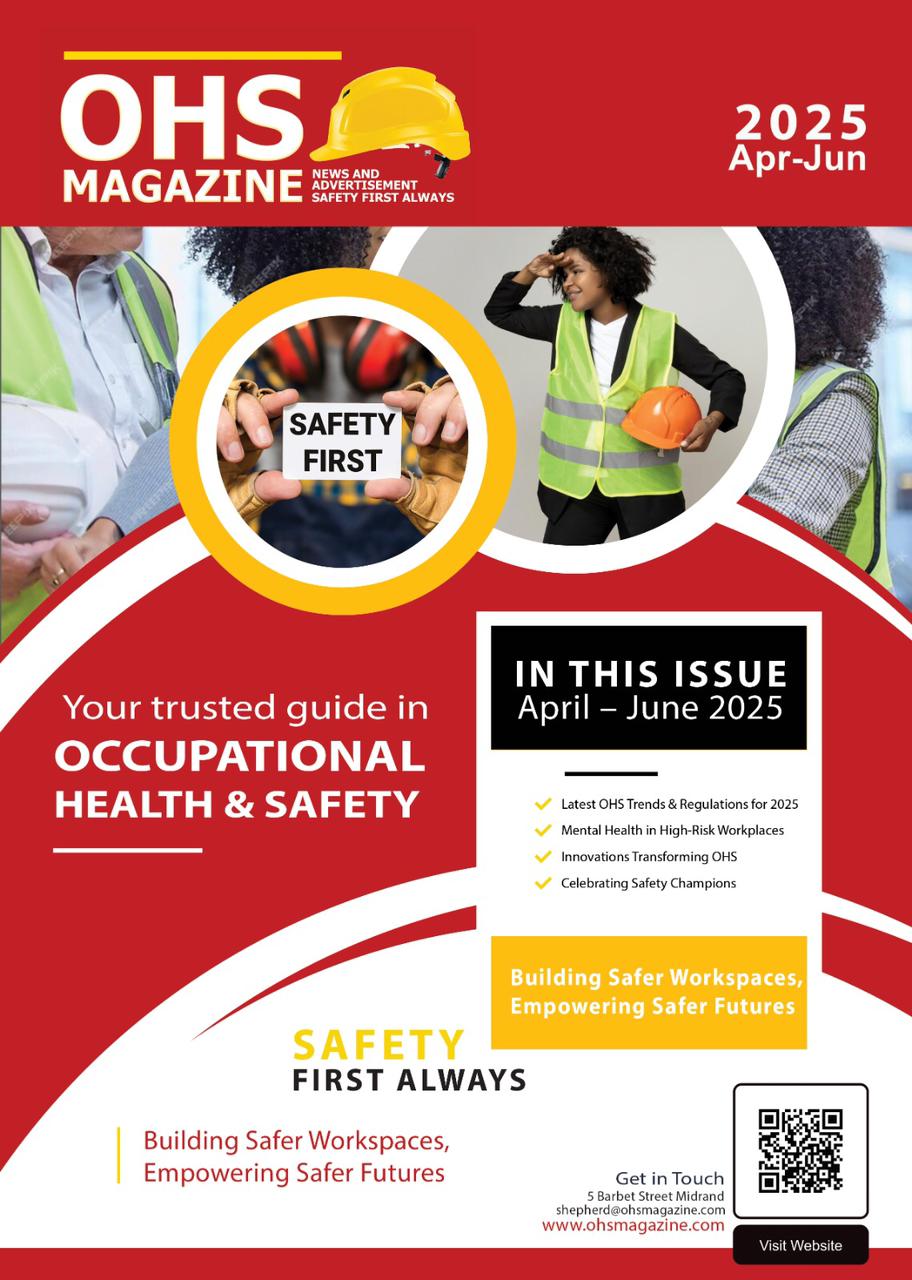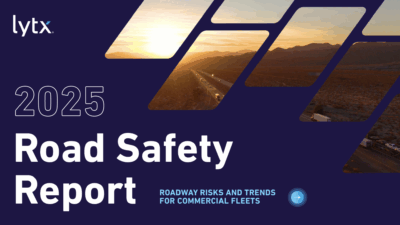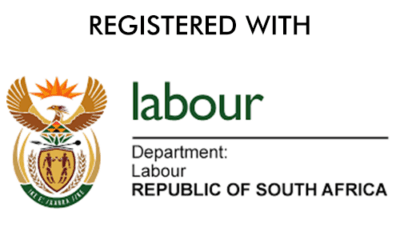New Fire Safety Codes in 2025: What Building Owners Need to Know
The landscape of fire safety is continually evolving, and 2025 marks a significant year for updates to regulations that will profoundly impact building owners, businesses, and landlords. These new codes, driven by technological advancements, lessons learned from past incidents, and a heightened focus on occupant safety, demand a proactive approach to compliance. Ignoring these changes could lead to severe penalties, financial losses, and, most importantly, jeopardise lives.
Key Updates to Fire Safety Regulations in 2025
The 2025 fire safety codes usher in a new era of proactive fire prevention and response, moving beyond basic compliance to embrace integrated, intelligent systems. Here’s a breakdown of the critical changes:
1. Enhanced Smoke Detection Standards:
- Smart Sensors and Interconnectivity: The new regulations mandate the use of advanced, interconnected smoke alarms. These are not your old-school smoke detectors; they feature multi-sensor technology capable of differentiating between actual fires and false alarms (e.g., steam from a shower). This reduces nuisance alarms while providing faster and more accurate detection.
- Real-time Alerts and Data: These smart systems are designed to be networked, offering real-time data to centralized safety dashboards and immediate alerts to building managers and local fire departments. This instant communication is crucial for rapid response.
- Wider Coverage: For residential buildings, interconnected smoke alarms are now required in every bedroom, hallway, and on every floor. Older homes must be retrofitted to meet these new standards.
2. Mandatory Smart Fire Suppression Systems:
- Automated and Responsive: Manual-only sprinklers are largely out. 2025 regulations require smart suppression systems that can detect fire types and adjust their response accordingly. This includes automated systems with remote activation capabilities, particularly crucial for commercial kitchens and industrial zones.
- Integration with IoT: Fire alarms, sprinklers, and detectors must now be networked through the Internet of Things (IoT), allowing for comprehensive monitoring. If a device malfunctions, an instant alert is sent, enabling predictive maintenance and preventing system failures.
3. Stricter Emergency Exit Compliance:
- Visibility and Accessibility: The days of poorly lit or obstructed emergency exits are over. New rules demand exit signage powered by backup batteries, regularly tested lighting, and unblocked pathways. Inspectors will be heavily scrutinizing these aspects.
- Personal Emergency Evacuation Plans (PEEPs): High-rise and high-risk buildings are now required to develop and implement tailored PEEPs for vulnerable residents or employees who may require assistance during evacuations. This includes detailed procedures and ensuring appropriate equipment is available.
- Staggered Evacuation Protocols: High-rise structures must implement staggered evacuation systems with voice guidance, optimizing the flow of people and preventing bottlenecks during emergencies.
4. Increased Frequency of Drills and Training:
- Bi-annual Fire Drills: For commercial properties, mandatory fire drills are now required semi-annually instead of annually. This ensures occupants are consistently familiar with evacuation procedures.
- Mandatory Fire Marshal Training: Every commercial building must have at least one trained and certified fire marshal on-site during business hours.
- Staff Training: Businesses are encouraged to invest in comprehensive fire safety training for all staff, including hands-on training for fire extinguisher use and digital fire drills.
5. Emphasis on Building Materials and Design:
- Fire-Rated Materials: New constructions and significant renovations will face stricter mandates on the use of fire-resistant building materials.
- Transition to European Testing Standards: In some regions, there’s a shift from national fire testing standards to European standards (e.g., BS EN 13501 in the UK), ensuring consistent and reliable fire resistance assessments.
- Focus on Green Building Fire Safety: With the rise of sustainable construction, 2025 regulations emphasize fire safety in green buildings, including fire-resistant materials in eco-friendly designs and ensuring solar panels and energy storage systems meet fire prevention standards.
6. Advanced Technology in Fire Safety:
- AI and Predictive Analytics: Artificial intelligence is emerging as a powerful tool. AI can now predict where fires are most likely to occur based on building usage, weather patterns, and material risk, encouraging businesses to adopt systems that use machine learning for proactive prevention.
- Drones for Surveillance: The role of drones in fire surveillance is also gaining traction, offering aerial overviews and keeping responders out of high-risk zones.
- Cloud-Based Monitoring and Remote Diagnostics: Fire systems can now self-report maintenance issues, conduct remote diagnostics, and alert engineers before failures, reducing the need for physical inspections and speeding up servicing.
Impact on Businesses and Landlords
These comprehensive updates will have significant implications for building owners and landlords:
1. Increased Investment in Fire Safety Systems:
- Upfront Costs: Upgrading to smart fire alarm systems, automated suppression systems, and ensuring interconnected devices will require a substantial initial investment. This applies to both new constructions and retrofitting existing properties.
- Ongoing Maintenance: The emphasis on real-time monitoring and predictive maintenance means businesses will need to allocate resources for regular servicing and upkeep of these advanced systems to ensure ongoing compliance.
2. Enhanced Due Diligence and Record Keeping:
- Comprehensive Audits: Building owners must conduct thorough fire safety audits to identify areas needing improvement and ensure compliance with the updated regulations. Hiring certified fire safety inspectors is highly recommended.
- Detailed Documentation: Maintaining meticulous records of all fire safety inspections, equipment maintenance, fire drills, and training sessions is critical. These digital records will serve as proof of compliance during audits and inspections.
3. Revision of Emergency Response Plans:
- Tailored Evacuation Plans: Emergency evacuation plans must be reviewed and updated to align with the latest guidelines, especially incorporating procedures for assisting individuals with disabilities (PEEPs).
- Regular Training: The increased frequency of mandatory fire drills and the requirement for trained fire marshals will necessitate a structured and consistent approach to employee training.
4. Potential for Higher Fines and Legal Consequences:
- Stricter Enforcement: Regulators are increasingly scrutinizing compliance, and failure to adhere to the new fire safety codes can result in steep fines and legal penalties, including potential imprisonment in cases of gross negligence leading to injury or death.
- Insurance Implications: Buildings lacking adequate fire protection systems or failing to meet the new standards may face higher insurance premiums or even denial of coverage.
5. Operational Adjustments:
- Construction and Renovation: New building and renovation projects will need to factor in the updated material and design requirements from the outset.
- Workplace Practices: Businesses will need to reinforce fire safety protocols among employees, ensuring clear, unobstructed spaces around machinery and proper handling of flammable materials.
Navigating the Changes: A Proactive Approach
To ensure compliance and safeguard lives and property, building owners and landlords should take the following proactive steps:
- Conduct a Comprehensive Fire Risk Assessment: Engage certified fire safety professionals to assess your current systems against the 2025 codes. This will provide a clear roadmap for necessary upgrades.
- Invest in Smart Fire Safety Technology: Prioritize the adoption of interconnected smoke alarms, smart suppression systems, and integrated security platforms that offer real-time monitoring and data.
- Update and Formalize Emergency Plans: Review and revise all emergency evacuation plans, incorporating PEEPs and ensuring they are communicated effectively to all occupants.
- Prioritize Training and Education: Implement a robust training program for employees, including regular fire drills and the certification of fire marshals.
- Maintain Detailed Records: Utilize digital tools and property inspection software to streamline documentation of all fire safety activities, inspections, and maintenance.
- Stay Informed: Fire safety regulations are dynamic. Continuously monitor updates from local authorities and national bodies to ensure ongoing compliance.
- Consult with Experts: Engage with fire safety consultants, engineers, and accredited installers to ensure your systems meet the latest standards and are installed correctly.
The new fire safety codes for 2025 represent a significant stride towards creating safer environments. While the changes demand investment and adaptation, they ultimately offer enhanced protection for occupants and properties. By embracing these updates proactively, building owners and landlords can not only meet their legal obligations but also demonstrate a genuine commitment to the safety and well-being of those within their premises.

















